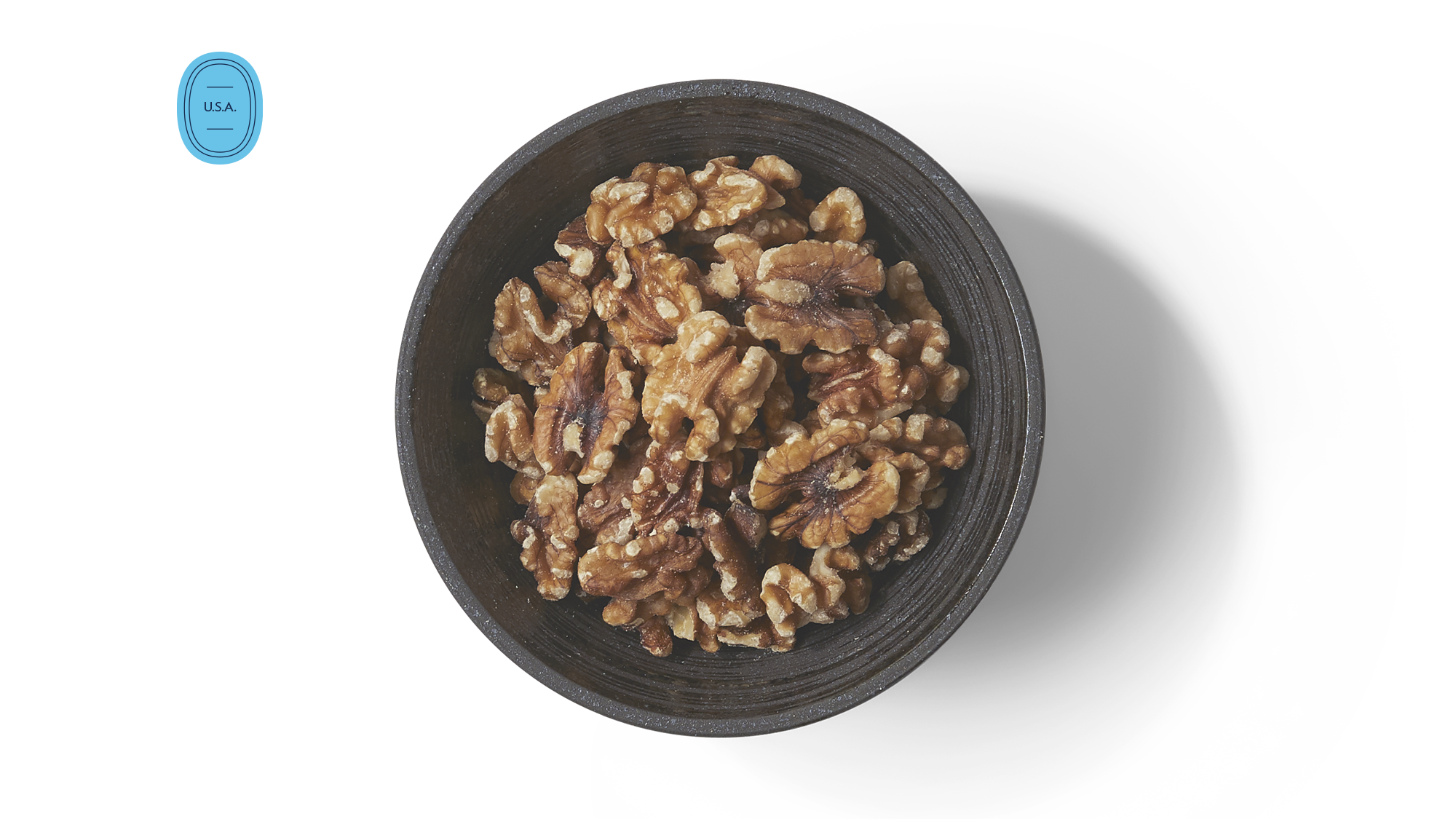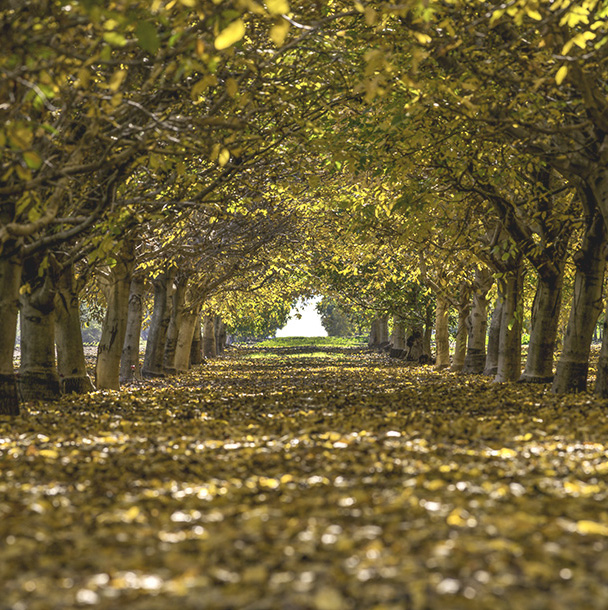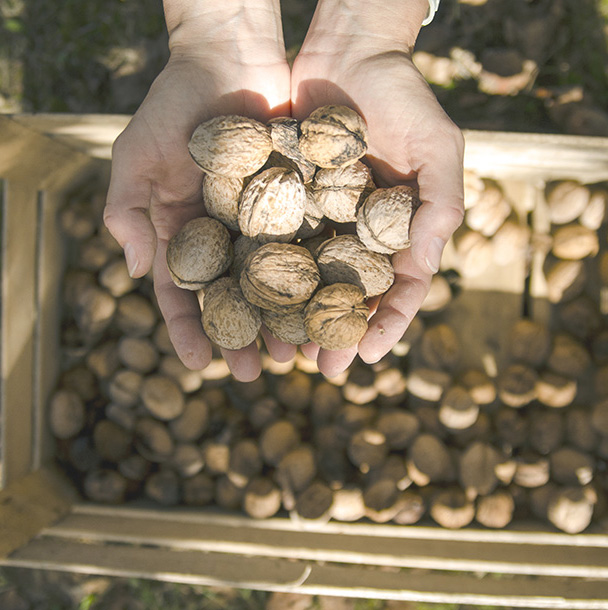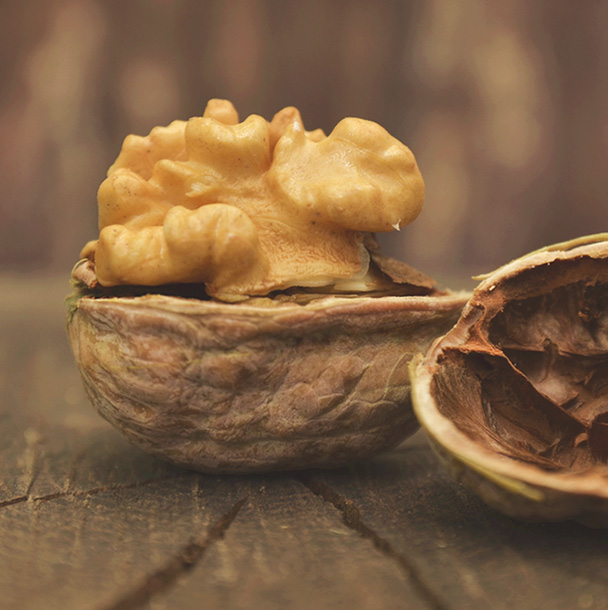A worldwide favorite for
9,000+ Years
Walnuts are the only nut containing an excellent source of alpha-linolenic acid (ALA), the plant-based omega-3 fatty acid1. Walnuts contain mostly monounsaturated and polyunsaturated fats, the same “good fats” you find in salmon, avocados and extra virgin olive oil.
Walnuts are commonly a staple in Mediterranean diets. As a nutrient-dense food, walnuts are an excellent addition to a balanced diet and can be certified by the American Heart Association’s Heart-Check mark2.
While many consumers associate walnuts with cooking and baking, they are also increasing in popularity as a snack nut. You can find these tasty treats in our culinary nut assortment, many of our deluxe mixed nut and better-for-you trail mix formulations, and even in our kettle glazed product line, which makes for an excellent salad topper.







